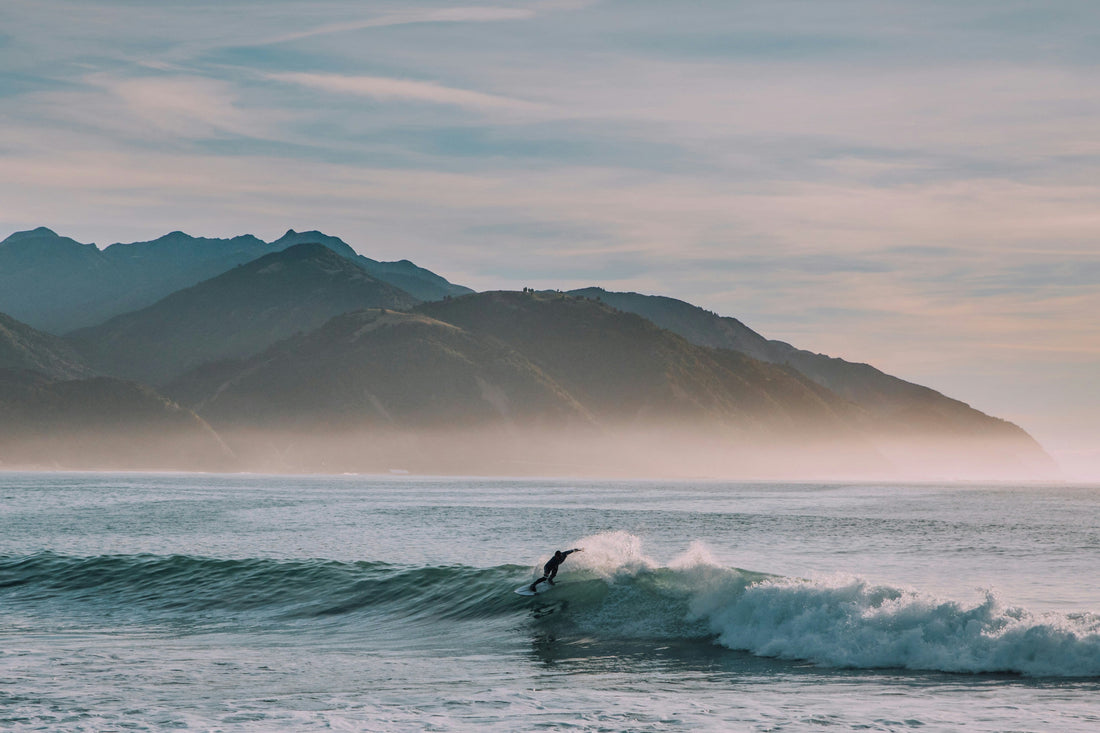When it comes to managing risk, whether on a construction site or in the surf, the WHS hierarchy of controls is a time-tested framework. It sorts safety measures from most effective to least, with one golden rule: start at the top and only work your way down if there’s no other option.
Here’s how it breaks down:
-
Elimination – Remove the hazard entirely.
-
Substitution – Swap it for something less dangerous.
-
Engineering Controls – Put barriers in place between people and the hazard.
-
Administrative Controls – Use rules, education, and behaviour to reduce exposure.
-
Personal Protective Equipment (PPE) – The last line of defence.
PPE is never the first choice. It’s what you rely on when everything else has failed.
Applying this to the ocean
Shark bite risk is what you would describe in WHS terms as low likelihood, but high or very high consequence. It is all too real, especially for ocean users like surfers, divers, and spearfishers. But unlike a factory floor or mine site, you can’t just eliminate the hazard, it’s literally not possible. Shark culling has been tried and failed in Australia, South Africa, Hawaii and other places. This is where the safety hierarchy needs a reality check.
Elimination & Substitution
Not possible. Not ecologically acceptable.
We can’t remove sharks. Even if we tried, it would be a biological disaster, and logistically impossible. You also can’t “substitute” them for a gentler apex predator.
This is where government messaging gets misleading. Nets and drumlines are often framed as “elimination” or “risk reduction.” They’re not. They’re just ineffective culling programs that kill the wrong animals most of the time, while offering little to no actual protection for people.
The only way you could apply this type of control to surfing or swimming, would be to surf at Urbn Surf, or swim in a pool or ocean baths.
Engineering Controls
Avoid the bite in the first place.
This is where the realistic solutions begin. Devices like Shark Shield or Rpela create electric fields that repel sharks by overstimulating their electroreceptors. They don’t harm the shark, they just make humans uninteresting or even as the name suggests, repellent.
These tools are the ocean equivalent of machine guards or interlocks. Smart, science-based, and proactive. But like many WHS controls, they are not 100% perfect, 100% of the time.
Administrative Controls
Smart choices, not guarantees.
This layer is all about reducing exposure to risk through behaviour. That might mean:
- Heeding shark sighting alerts, using the Shark Smart app in NSW
- Avoiding murky water and river mouths
- Skipping the solo dawn patrol
- Choosing beaches with aerial patrols or lifeguards
Useful, yes. But like all admin controls, they rely on human consistency, and we know how that goes.
Personal Protective Equipment (PPE)
Survive the bite.
Enter Shark Stop wetsuits. Engineered with ultra-tough composite fabric tested against real shark bites in the field and lab, they’re designed to resist puncture and tearing, dramatically reducing blood loss and trauma in the rare event of a bite.
Think of it like a motorcycle helmet, seatbelt or airbag. It won’t stop the crash. But it might be the reason you walk away from it.
The problem with government “controls”
In most industries, governments are the ones enforcing safety standards. In the ocean? They either stay out of it entirely, letting you manage your own risk, or are still clinging to 1930s thinking trying to “eliminate” the risk, a complete and utter impossibility when it comes to highly migratory species. Shark nets and drumlines aren’t safety measures, they’re PR tools, and they place politics over public safety
These devices and programs kill indiscriminately, disrupt ecosystems, and worst of all, give beachgoers a false sense of security. That’s not risk management, but can sound like it in a soundbite or press release. That’s populist politics.
If you’re serious about staying safe in the ocean, don’t wait for governments to solve it. Use layered protection. Think like a safety officer. Because when it comes to sharks, the only reliable defence is a smart, multi-tiered approach, just like the hierarchy of controls tells us.

